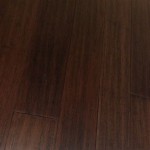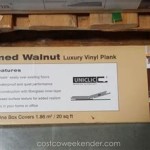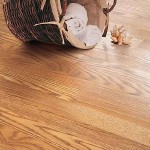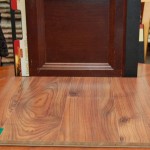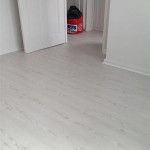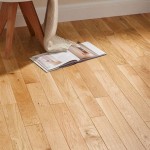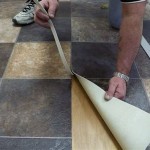Vinyl Wood Flooring Planks: A Comprehensive Review
Vinyl wood flooring planks have emerged as a popular flooring solution due to their durability, versatility, and realistic appearance. These planks are composed of multiple layers, including a vinyl top layer, a photographic film layer that mimics the look of wood, a vinyl core, and an underlayment. In this comprehensive review, we will delve into the essential aspects of vinyl wood flooring planks, covering their pros and cons, types, installation considerations, and maintenance tips.
Advantages of Vinyl Wood Flooring Planks
- Durability: Vinyl planks are highly durable and can withstand heavy foot traffic, making them ideal for high-traffic areas such as kitchens, living rooms, and hallways.
- Water Resistance: Vinyl is moisture-resistant, making it a suitable choice for bathrooms, laundry rooms, and basements. It is not entirely waterproof, but it can handle spills and splashes without significant damage.
- Low Maintenance: Vinyl flooring requires minimal maintenance. It can be easily cleaned with a damp mop or broom. No harsh chemicals or special cleaners are necessary.
- Versatility: Vinyl planks come in a wide range of colors, styles, and textures, allowing for endless design possibilities. They can mimic the look of various wood species, from classic oak to exotic mahogany.
Types of Vinyl Wood Flooring Planks
There are three main types of vinyl wood flooring planks:
- Solid Vinyl: This type of plank is the most durable and water-resistant. It is suitable for all areas of the home, including bathrooms and kitchens.
- Luxury Vinyl Tile (LVT): LVT planks are thinner and more flexible than solid vinyl. They are still durable and water-resistant, but may not be as suitable for high-traffic areas.
- Vinyl Laminate: Vinyl laminate planks have a similar appearance to vinyl planks, but they are made with a different construction. They are not as durable or water-resistant as solid vinyl or LVT.
Installation Considerations
Vinyl wood flooring planks can be installed over various subfloors, including concrete, plywood, and existing flooring. The installation process involves preparing the subfloor, laying down an underlayment, and clicking the planks together. Professional installation is recommended for best results.
Maintenance Tips
To maintain the beauty and longevity of your vinyl wood flooring planks, follow these tips:
- Sweep or vacuum regularly to remove dirt and debris.
- Mop with a damp mop and a mild cleaning solution.
- Avoid using harsh chemicals or abrasive cleaners.
- Place mats or rugs under heavy furniture to prevent scratches.
- Protect your floors from direct sunlight, as it can cause fading.
In conclusion, vinyl wood flooring planks offer a durable, versatile, and low-maintenance flooring solution that can enhance the beauty and functionality of any space. By considering the factors discussed in this comprehensive review, you can make an informed decision and select the perfect vinyl wood flooring planks for your home.

Luxury Vinyl Plank Flooring Review Home Cute Little

My Luxury Vinyl Plank Flooring Review Pros And Cons Average But Inspired

Luxury Vinyl Plank Flooring Review The Turquoise Home

My Vinyl Plank Floor Review Two Years Later Cutesy Crafts

6 Best Vinyl Plank Flooring Options Tested By Home Experts

My Vinyl Plank Floor Review Two Years Later Cutesy Crafts

Vinyl Plank Flooring Review 2 Years Later Love Renovations

Luxury Vinyl Plank Flooring Review The Turquoise Home

Reviews For Home Decorators Collection Palenque Park 12 Mil X 7 In W 48 L Waterproof Lock Luxury Vinyl Plank Flooring 23 8 Sq Ft Case Pg 1 The Depot

My Vinyl Plank Floor Review Two Years Later Cutesy Crafts
Related Posts

